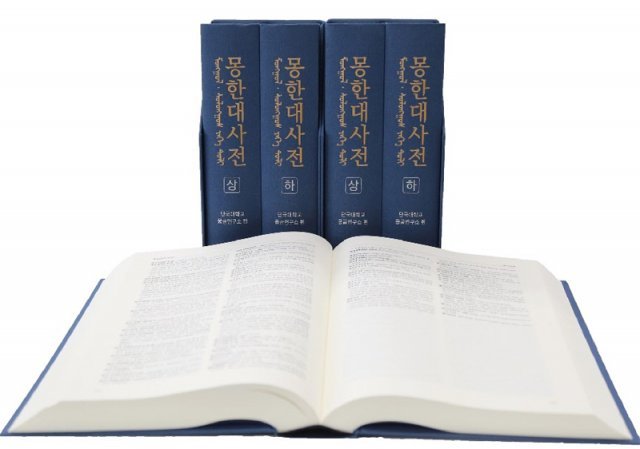In what many view as a long-overdue move, Taiwan’s government has removed the name of Chiang Kai-shek, the island’s one-time dictator, from the title of the country’s main international airport. What has been reported as the new English name, however, is a bit strained in that the country’s name precedes the county/city name.
| |
English |
Pinyin |
Hanzi |
| old |
Chiang Kai-shek International Airport |
Zhōngzhèng Guójì
Jīchǎng |
中正國際機場 |
| new |
Taiwan Taoyuan International Airport |
Táiwān Táoyuán Guójì
Jīchǎng |
台灣桃園國際機場 |
In Mandarin, there’s nothing tremendously odd about using “Taiwan Taoyuan.” In English, however, it’s a completely different story.
| exact phrase |
romanization |
no. of results in Google |
| Taoyuan Taiwan |
|
241,000 |
| Taiwan Taoyuan |
|
42,400 |
| |
| 臺灣桃園 |
Taiwan Taoyuan |
43,200 |
| 台灣桃園 |
Taiwan Taoyuan |
220,000 |
total for 臺灣桃園
and 台灣桃園 |
263,200 |
| |
| 桃園臺灣 |
Taoyuan Taiwan |
5,720 |
| 桃園台灣 |
Taoyuan Taiwan |
461 |
total
for 桃園臺灣 and 桃園台灣 |
6,181 |
Almost all of the examples in English of “Taiwan Taoyuan” have punctuation (stronger than a comma, that is) or new lines separating the words, so running the two names together in that order is less common than the Google result implies, as most English speakers know intuitively.
“Taiwan Taoyuan,” when used in English, reminds me of nothing so much as the annoying term “Chinese Taipei” (Zhonghua Taibei / 中華台北). This name represents the international kissing of Beijing’s ass diplomatic solution worked out so Taiwan’s teams can participate in international sporting events without China throwing too much of a hissyfit. (We we still get some of those anyway, of course.)
Since using anything along the lines of “Chinese Taipei” would be anathema to the present administration in Taiwan, what’s going on with the new name for the airport? The logical name would probably be simply “Taoyuan International Airport,” the airport being in Taoyuan County rather than Taipei County. But outside of Taiwan, who has ever heard of Taoyuan? (That’s probably just as well for Taiwan, because much of Taoyuan is downright ugly.) And, anyway, I think that those deciding on the new name regarded adding “Taiwan” and taking out “Chiang Kai-shek” as the top priorities.
Of course, it could be worse. Some in the KMT have called for the name to be changed to “Taiwan Taoyuan Chiang Kai-shek International Airport.” Ugh.
However, the code letters for the airport, TPE and RCTP, will not be changed. These are both rooted in the Wade-Giles romanization system, under which we have Taipei (properly T’ai-pei) rather than Taibei.
Fortunately for all concerned, both “Taoyuan” and “Taiwan” are examples of names spelled the same in most romanization systems. So, at least in this case, the current administration’s attachment to the Tongyong Pinyin romanization system won’t lead to further international embarrassment.
I spoke earlier today with someone at the Ministry of Transportation and Communications, who informed me that although the Mandarin name of the airport was now officially Táiwān Táoyuán Guójì Jīchǎng, the English name has yet to be set by the Ministry of Education. So it’s possible the English name could change.
Anyone want to play Name That Airport? I’m more than half serious. The authorities here no doubt need some help with this. (Even though Taoyuan is one of the ugliest places in Taiwan, let’s keep this nice.)
Oh, in case anyone’s puzzled that “Chiang Kai-shek” and “Zhōngzhèng” don’t look much like each other or even have the same number of syllables, the reason is that Zhōngzhèng is a sort of assumed name, not the name by which he was known to his family, which in Mandarin is Ji?ng Jièshí (???). For more on this see the names section of the Wikipedia article on Chiang Kai-shek. (Me linking to a Wikipedia article? There’s a first time for everything, I guess.)
sources:

